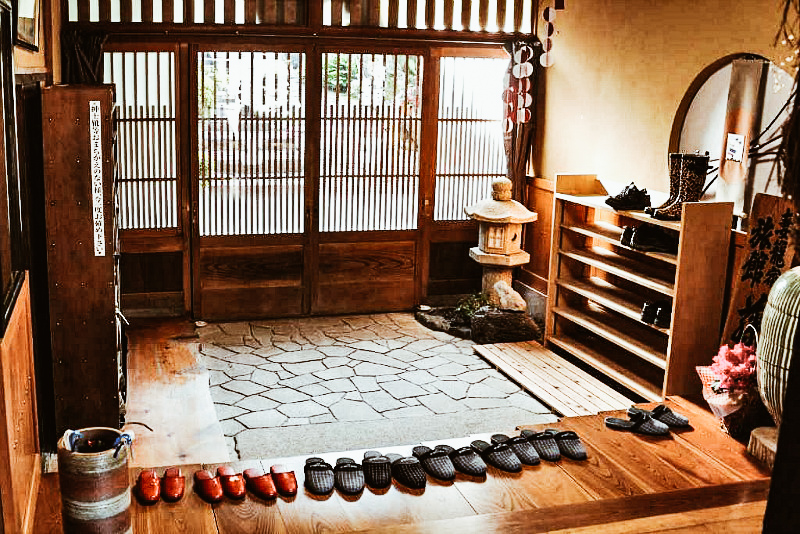Etichetta in Giappone, cosa fare e non fare nella terra del Sol Levante
Sono profondamente influenzata dal mio amore per il Giappone, ma sono convinta che in tutti i Paesi del mondo dovrebbero esistere delle regole di condotta seguite dall’intera popolazione poichè insite nella propria mente.
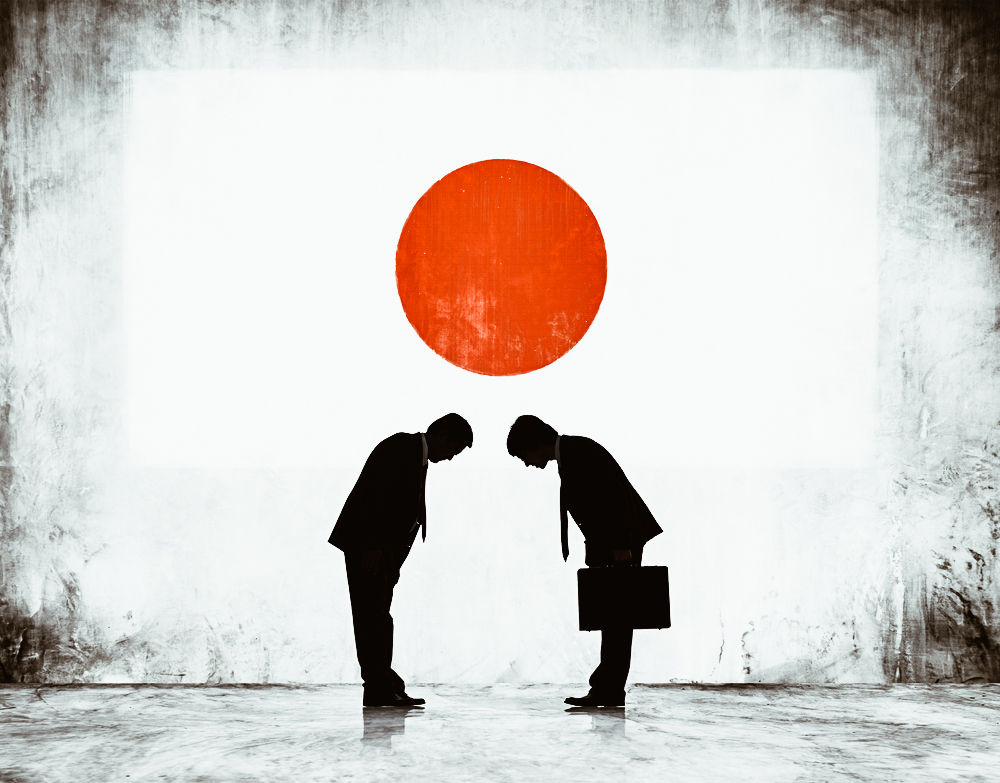
photo credits: yabai.com
Il Sol Levante riesce a mantenere un comportamento impeccabile all’interno dei propri confini. Infatti, l’etiquette a cui si attiene è la stessa che ogni turista deve (o quantomeno dovrebbe) rispettare. Per questo motivo è indispensabile sapere cosa è possibile o si deve fare e non fare in Giappone.
Ecco quindi la nostra guida per voi:
Riciclare e non sporcare!
Quando camminerete per la strada in Giappone non troverete cestini per l’immondizia e nonostante questo, non ci sarà l’ombra di una cartina per terra. Il riciclaggio per i giapponesi è molto importante. La raccolta differenziata è un obbligo ed esistono gli appositi cassonetti verso cui le persone si recano e gettano la spazzatura.
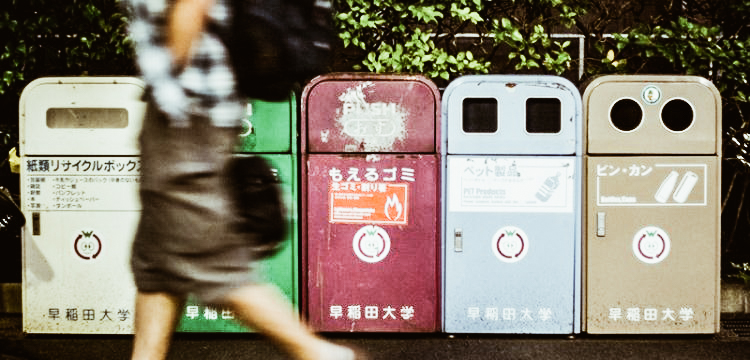
photo credits: green.it
Non giocare d’azzardo!
Il gioco d’azzardo in Giappone è illegale! C’è un solo modo per gli appassionati a cui non possono resistere alle scommesse: Pachinko.
Il pachinko è praticato in apposite sale in cui i giocatori devono acquistare delle sfere di acciaio per giocare. Esse vanno inserite in una sorta di flipper, oppure nei “pachislot” il cui funzionamento è simile a quello delle slot-machine. In caso di vincita si ottengono ulteriori sfere. Per legge le sfere non possono essere cambiate in contanti all’interno delle sale in cui vengono distribuite. Esse vengono semplicemente cambiate con delle fiches o con dei premi simbolici che potranno poi essere convertiti in denaro all’esterno del locale stesso presso appositi sportelli.
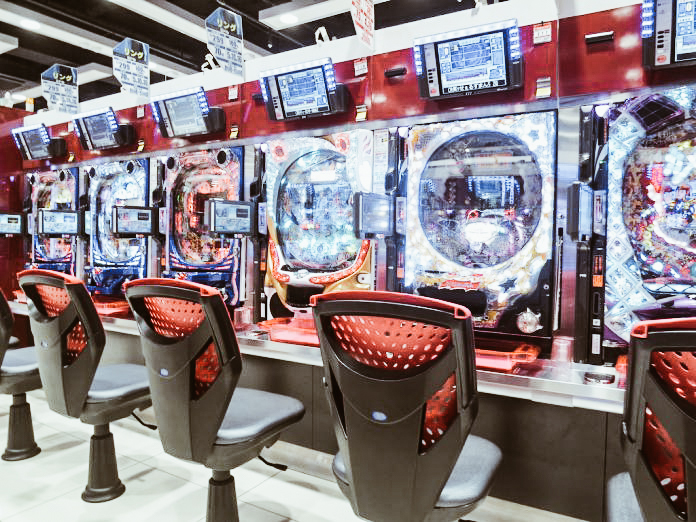
photo credits: agbnippon.com
Togliere le scarpe, mettere le scarpe
Non solo in casa, ma anche in molti ristoranti e edifici storici potrebbe essere richiesto di togliere le scarpe. Assicuratevi quindi di indossare calzini puliti e privi di buchi! Se è piena estate e non avete calzini, è bene averne sempre un paio con voi perchè non è educato entrare in casa a piedi scalzi. Il padrone di casa, di solito, fornisce ai propri ospiti delle pantofole, ma anch’esse andranno tolte prima di camminare sul tatami!
photo credits: villapola.com
Visitare templi e santuari
Calma e rispetto sono doverosi. Attenetevi alle tradizioni: all’esterno del tempio, gettate una monetina nella scatola delle offerte e fate una breve preghiera. Se c’è la possibilità di bruciare un incenso (osenko) fatelo spegnendo il bastoncino agitando la mano e non soffiandoci sopra. Se entrate all’interno del tempio, togliete le scarpe e lasciatele negli appositi scaffali o portatele con voi nei sacchettini a disposizione e mi raccomando, togliete i cappelli! Non distraetevi lasciandovi prendere dalla foga del turista, fate attenzione ai divieti, non sempre è permesso fare fotografie.
Quando andate in un santuario invece, è importante recarsi alla fontana della purificazione posta all’ingresso, prendere uno dei mestoli forniti, riempirlo di acqua e sciacquarsi le mani. Successivamente, versate un po’ d’acqua nella mano e sciacquatevi anche la bocca sputando poi l’acqua accanto alla fontana.
Entrando, lasciate una monetina nella scatola delle offerte inchinandovi profondamente per due volte, battete le mani altrettante volte, inchinatevi ancora e pregate suonando la campana o il gong (in questo modo si attirerà l’attenzione del dio).
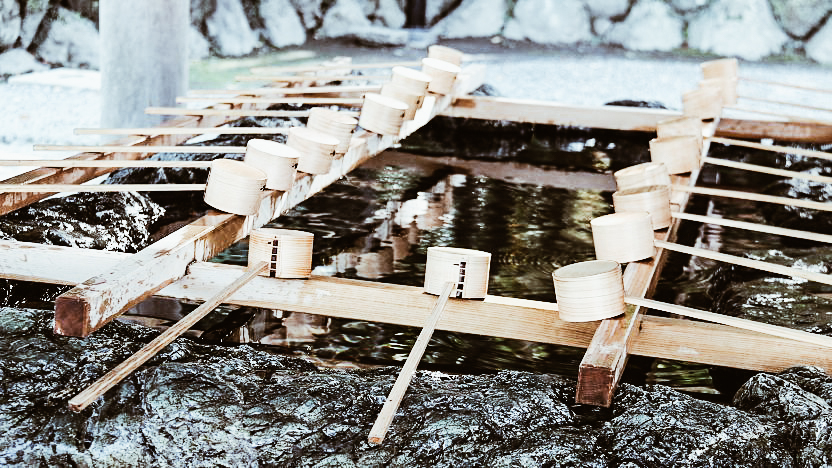
photo credits: japan-guide.com
Cenare fuori casa
Dopo che i camerieri vi avranno accolti e fatti accomodare, vi serviranno acqua o tè gratuitamente e l’oshibori (l’asciugamano umido) per pulirsi le mani prima di mangiare. Dopo di che potrete scegliere i piatti che desiderate dal menù, spesso illustrato per aiutare i turisti poco avezzi alla lingua giapponese.
Non è consuetudine pagare al tavolo. Il conto del pasto viene presentato rivolto verso il basso e si pagherà recandosi alla cassa nel momento in cui si sta per lasciare il ristorante. Mentre uscite è cortesia dire 「御馳走様(でした)!」che si legge: “Gochisou sama (deshita)” e significa “grazie per il pasto delizioso”.

photo credits: jellyfishhr.com
Le buone maniere a tavola!
Come consuetudine e una delle prime regole del bon ton, dopo aver ordinato, è buona educazione attendere che tutti i commensali abbiano ricevuto la propria portata. Poi, si inizia il pasto dicendo いただきます(itadakimasu) cioè “prendo con grande rispetto”, che ben si allontana dal nostro “buon appetito”. Se ci si trova nella situazione in cui a tavola non sono ancora stati serviti tutti, ma il piatto che abbiamo va consumato immediatamente, allora ci sentiremo dire おさきに どうぞ (osaki ni dōzo, prego vai avanti) o possiamo dire noi おさきにすみません (osaki ni sumimasen, perdonami se vado avanti).
Non avanzate mai del cibo nel piatto, in Giappone è considerato scortese e uno spreco.
Altra cosa importantissima è il modo di utilizzo delle bacchette. Non dovete mai inserire le bacchette in verticale nella vostra ciotola di riso, è una modalità che si utilizza esclusivamente ai funerali! E’ bene appoggiare sempre le bacchette sul loro apposito supporto quando le si deve posare e mi raccomando, non passate il cibo dalle vostre bacchette alle bacchette di un altro commensale, anche questa è un’usanza dei funerali in cui le ossa del corpo cremato vengono trasferite in questo modo.
Nel caso in cui dobbiate prendere del cibo da un piatto comune, usate le estremità opposte delle vostre bacchette. In questa immagine ecco tutto ciò da non fare con le bacchette.
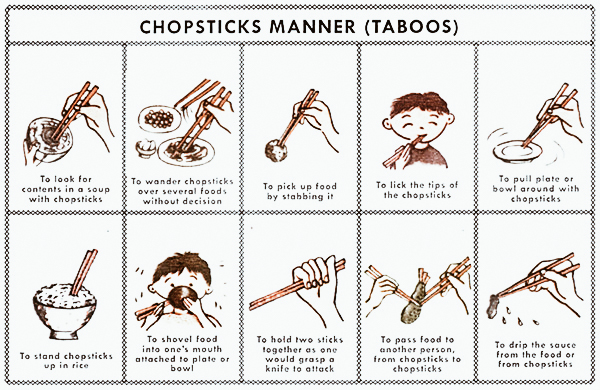
photo credits: yourmagictour.wordpress.com
Servizi igienici
In Giappone potete trovare anche i servizi in stile occidentale, soprattutto nei bagni pubblici più recenti e moderni. Essi dispongono per la maggior parte di sedile riscaldato, doccetta (equivalente del nostro bidet) e asciugatore. Ogni WC ha, di solito, due modalità di scarico: “piccolo” (小) e “grande” (大), che differiscono nella quantità di acqua utilizzata. Non sempre però la carta igienica o gli asciugamani vengono forniti nei bagni, perciò è sempre bene portare con sè dei fazzolettini di carta e un asciugamano piccolo (i famosi “tenugui”, gli asciugamani di piccolo formato che vedete sempre portare in giro dai Giapponesi e che hanno svariati utilizzi, come ad esempio quello di asciugarsi il sudore d’estate!).
Nei bagni privati ci sono sempre delle pantofole da toilette da utilizzare esclusivamente nel bagno. Dovrete quindi lasciare le vostre pantofole normali fuori dalla porta del bagno ed indossare quelle a disposizione.
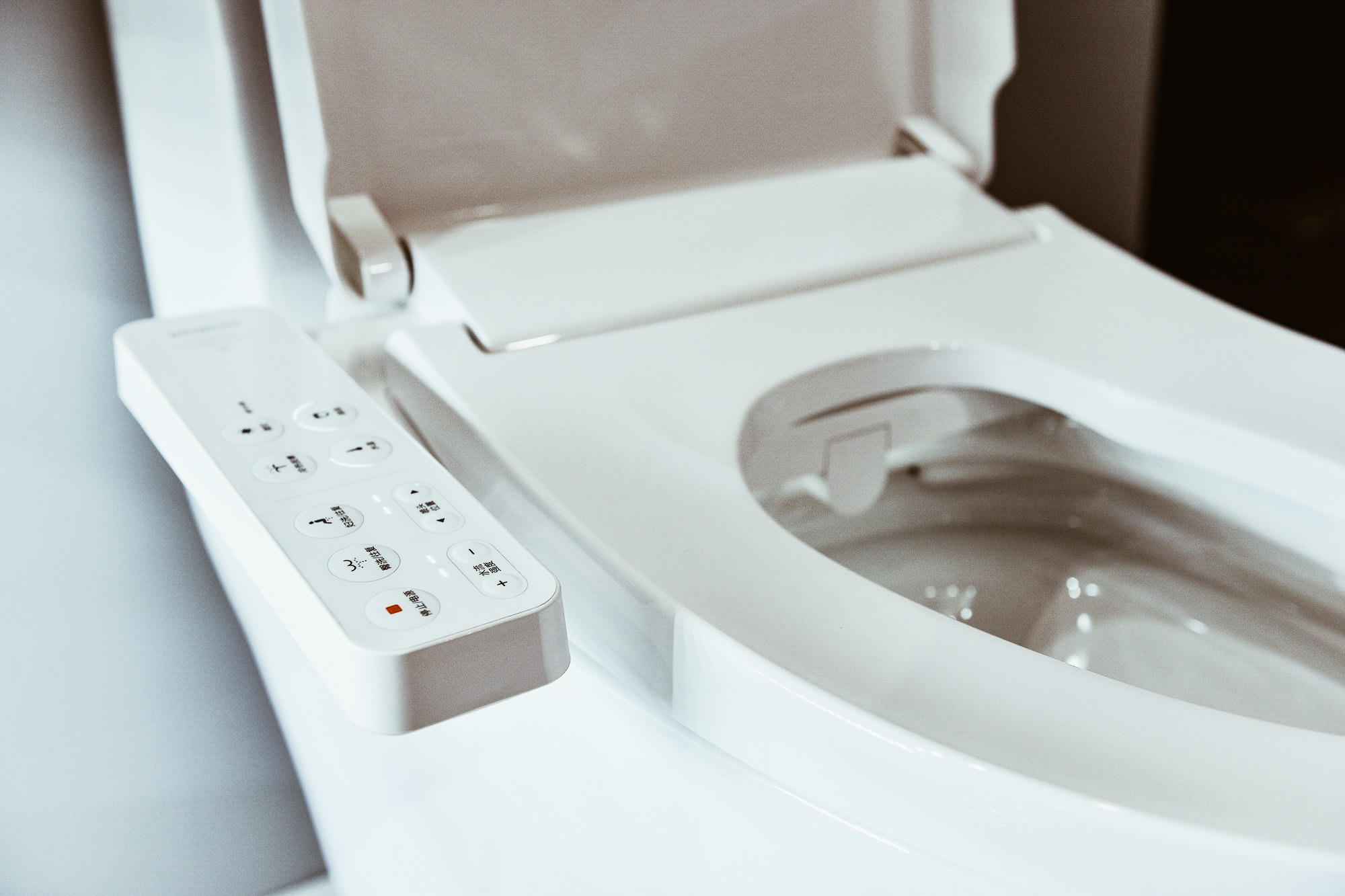
photo credits: leganerd.com
Rispetto sui mezzi pubblici
Sul treno, metro, autobus o qualunque altro mezzo pubblico, non è buona educazione parlare a voce alta ed è bene tenere i telefonini in modalità silenziosa così da non disturbare nessuno.

photo credits: getaroundjapan.jp
Soffiarsi il naso? Oh no!!
Soffiarsi il naso in pubblico è una delle più grandi mancanze di rispetto e un gesto di vera maleducazione perchè significa spargere germi! Per questo motivo, in caso di raffreddore (e non solo), i giapponesi indossano sempre la mascherina.
Una curiosità: le mascherine non servono solo ad evitare epidemie e per la propria salute, ma anche per nascondere le imperfezioni! E’ una buon escamotage, non trovate?
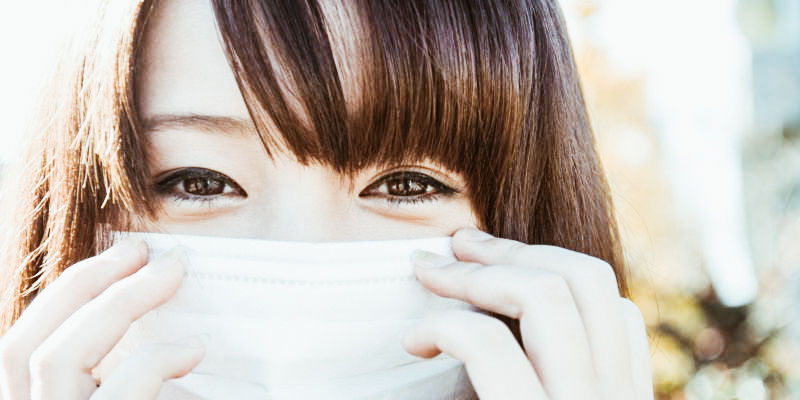
photo credits: gogonihon.com
No al fumo
È severamente vietato fumare in strada, camminando e ovunque non ci siano zone fumatori. In questo modo chi non fuma o non sopporta il fumo, non verrà infastidito. Esiste una polizia speciale che controlla costantemente che la legge venga rispettata e che rilascia multe in caso contrario. Stranamente però nei luoghi chiusi fumare è concesso e non sempre ci sono le zone fumatori e non fumatori separate, purtroppo!
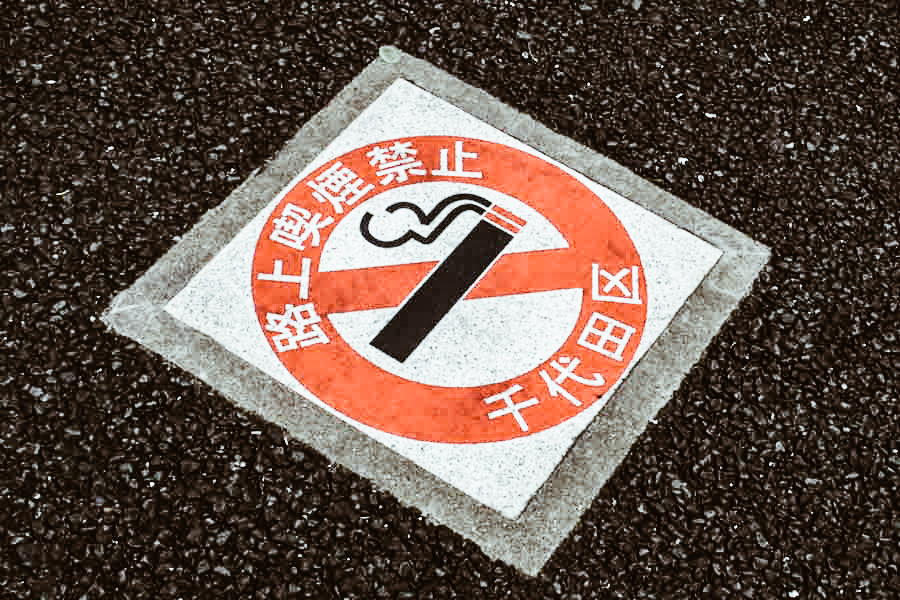
photo credits: tobaccoreporter.com
Inchinarsi
Esistono svariate tipologie di inchino ed ognuna con un proprio significato. Se dobbiamo salutare nelle situazioni informali ci si inchina lievemente, mentre in quelle formali, l’inchino richiede un arco più profondo, soprattutto se la persona davanti a noi è di un rango superiore. Se invece vogliamo ringraziare è sufficiente chinare lievemente la testa, ma anche per scusarsi e in questo caso l’arco di inclinazione varia da lieve (solo la testa), normale (parte del busto, fino ad arrivare ad un angolo di 45°) e grave. In questo caso l’inchino è profondo, in ginocchio con la fronte che tocca il pavimento. Una bellissima guida illustrata sul perfetto modo di inchinarsi è messa a disposizione da Tongufu.com:

photo credits: tofugu.com
Cosa ne dite di queste regole di comportamento? Io trovo che siano molto affascinanti, a parte per il fumo che, non sopportandolo, io lo vieterei proprio ovunque!
Nei vostri viaggi nella terra del Sol Levante avete notato qualcosa di curioso nei modi di fare e non comune in Occidente? Raccontateci le vostre esperienza!
Condividi:
- Fai clic per condividere su Facebook (Si apre in una nuova finestra)
- Fai clic qui per condividere su Twitter (Si apre in una nuova finestra)
- Fai clic qui per condividere su Tumblr (Si apre in una nuova finestra)
- Fai clic qui per condividere su Pinterest (Si apre in una nuova finestra)
- Fai clic per condividere su Telegram (Si apre in una nuova finestra)
- Fai clic per condividere su WhatsApp (Si apre in una nuova finestra)
- Fai clic qui per condividere su Reddit (Si apre in una nuova finestra)
- Fai clic qui per stampare (Si apre in una nuova finestra)







